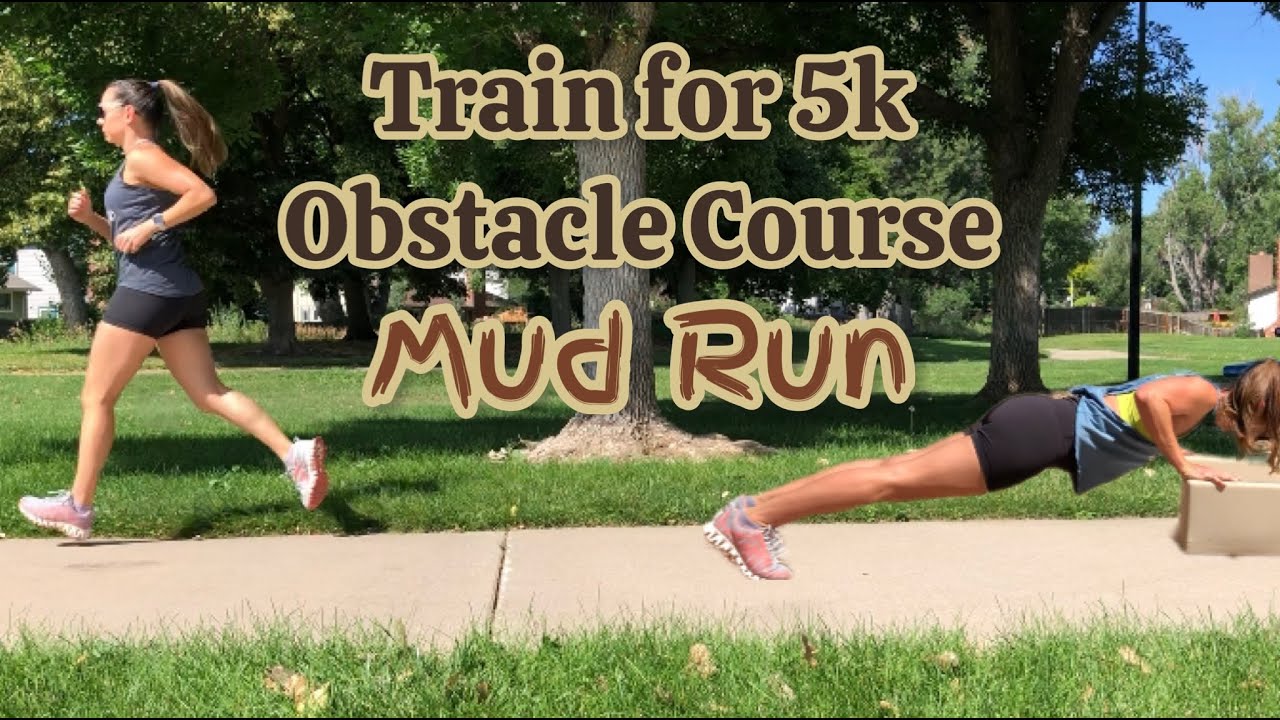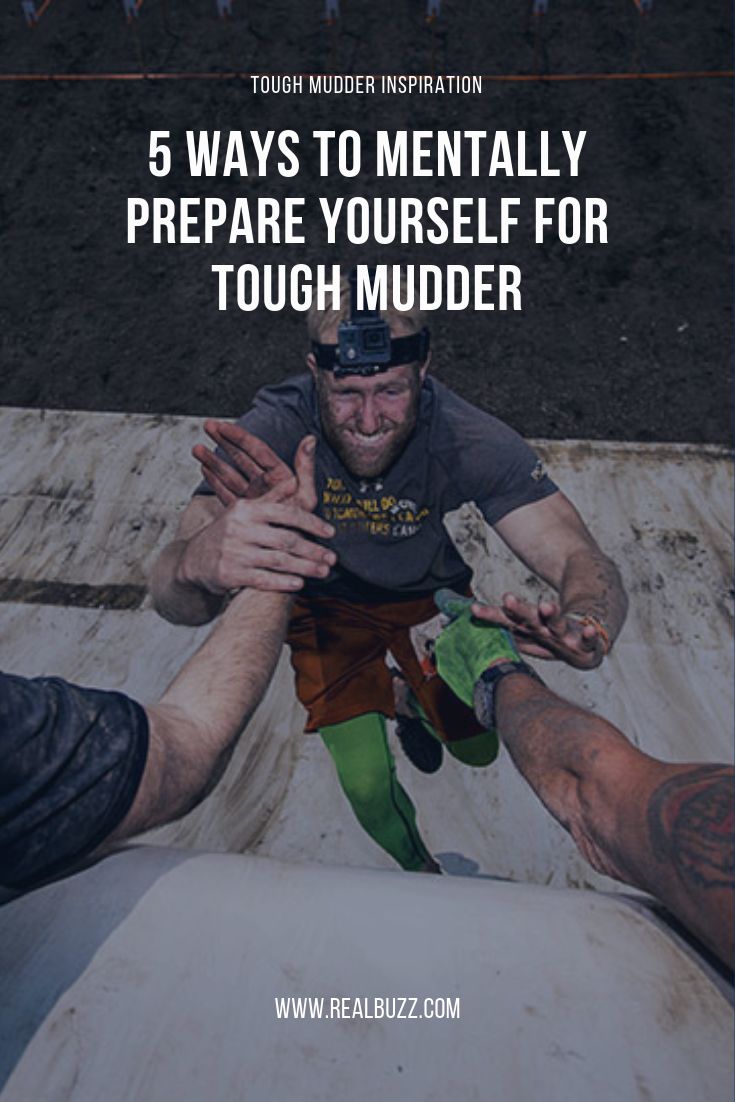Training for a Tough Mudder can be a thrilling yet challenging experience. The mud, the obstacles, the camaraderie—it’s unlike any other race. Whether you’re preparing for your first Tough Mudder or looking to beat your personal best, this guide is here to help. We’ll cover everything from how to train for a Tough Mudder to preparing for a 5k mud run.
Understanding the Tough Mudder Challenge

Before diving into training specifics, it’s essential to understand what a Tough Mudder entails. Unlike traditional races, this event combines running with obstacles. And not just any obstacles—expect to climb walls, trudge through mud, and even face a bit of electric shock.
Starting with a Plan: How Long to Train

How long to train for a Tough Mudder largely depends on your current fitness level. If you’re already an active person, you might need just 2-3 months of dedicated training. However, if you’re starting from scratch, give yourself at least 6 months.
Here’s a general guideline:
- Beginner: 6+ months
- Intermediate: 3-4 months
- Advanced: 2-3 months
Training for the Run: How to Train for a 5k Mud Run

Running is a significant component of the Tough Mudder, so it’s essential to prepare your legs and lungs.
Start Slow: Especially if you’re not a regular runner. Begin with shorter distances and gradually increase.
Mix Terrain: Don’t just run on flat roads. Incorporate hills and uneven surfaces to mimic the race conditions.
Back-to-Back Runs: This helps build endurance. For instance, run 3k one day and 5k the next.
Interval Training: This is especially crucial for those wondering how to train for a 5k mud run. Try running at full speed for a minute, then walking or jogging for two.
Obstacle Training: Boosting Your Strength and Agility

Training for the obstacles is equally important. Here are exercises to incorporate:
Pull-Ups: Essential for climbing walls or hoisting yourself up.
Plyometric Jumps: To get over hurdles or leap across gaps.
Burpees: Boost your full-body strength and stamina.
Balance Exercises: Think single-leg stands or bosu ball workouts.
Functional Training: Mimic race day movements. For example, bear crawls or duck walks.
Recovery and Nutrition

Training hard is crucial, but so is recovery. Make sure to:
Stretch after every workout.
Hydrate adequately.
Eat a balanced diet, rich in proteins, good fats, and complex carbs.
Group Training: The Secret Weapon
Another excellent approach when figuring out how to train for a Tough Mudder is to train in groups. Group training sessions can be a motivating force, encouraging participants to push through challenging workouts.
Benefits of Group Training

Motivation: Having someone to push you can often make the difference between finishing that last mile or quitting early.
Accountability: Scheduled group workouts mean you’re less likely to skip training sessions.
Technique Correction: Training partners can spot flaws in your form and offer constructive feedback.
Fun: Let’s face it, working out with friends is just more enjoyable!
Gear Up: Choosing the Right Equipment

Proper gear can significantly enhance your training sessions and race day experience. When preparing for a mud run, consider the following:
Shoes: Opt for trail running shoes with a good grip. They should be lightweight and drain water efficiently.
Clothing: Moisture-wicking fabrics are ideal. Avoid cotton as it gets heavy when wet.
Gloves: Some racers wear gloves for better grip on obstacles.
Mental Preparation: As Important as Physical Training

The physical aspect of the Tough Mudder is challenging, but so is the mental component. Here are some strategies to help you prepare mentally:
Visualization: Imagine yourself completing each obstacle and crossing the finish line.
Stay Positive: Mental resilience can be the difference between giving up and pushing through. Keep a positive mindset throughout your training.
Practice Under Pressure: Mimic race day conditions occasionally, such as training in wet clothes or running longer distances without breaks.
Cross-Training: A Key Component
While running and obstacle-specific exercises are vital, cross-training can help improve overall fitness and prevent injuries. Consider incorporating:
Swimming: Offers a full-body workout and aids in cardiovascular endurance.
Yoga: Enhances flexibility and balance, both of which are crucial for various obstacles.
Cycling: Strengthens the leg muscles and boosts stamina.
Embracing the Aftermath: Post-Race Recovery and Reflection

After you’ve completed the Tough Mudder, the journey doesn’t just end at the finish line. The days following the race are crucial for recovery and reflection.
Post-Race Recovery Tips
Rehydrate: You’ll have lost a lot of fluids during the race, so it’s crucial to rehydrate with water and electrolyte drinks.
Eat Well: Focus on consuming protein-rich foods to help repair muscles and carbs to replenish energy stores.
Active Recovery: Gentle activities like walking or swimming can help in reducing muscle stiffness.
Stretch and Foam Roll: This aids in alleviating muscle tightness and speeds up the recovery process.
Celebrate: Don’t forget to cherish the achievement. Take photos, share experiences, and maybe even indulge in a treat or two.
Reflecting on the Experience
After the initial recovery, it’s beneficial to reflect on the experience:
What Went Well?: Celebrate the obstacles you aced and the challenges you overcame.
Areas of Improvement: Was there a particular obstacle that was tough? Or perhaps you’d like to improve your run time? Use this as a motivation for next time.
Feedback Loop: If you trained with a group, discuss the experience. Shared feedback can provide valuable insights for future races.
Plan Ahead: If you enjoyed the Tough Mudder, consider signing up for another. Having a future goal can keep the momentum going.
Conclusion
The best way to train for a Tough Mudder is to combine consistent running with obstacle-specific exercises. Listen to your body, prioritize recovery, and don’t forget to have fun during the process.
Remember, Tough Mudder is not just about individual strength; it’s about teamwork. So, gather some friends, motivate each other, and start training together. You’ll find that preparing for this event can be as fun and rewarding as the race itself.
Whether you’re figuring out how to prepare for the Tough Mudder or simply want to get muddy with a 5k run, the key is commitment and consistency. Get out there, train hard, and have a blast.
